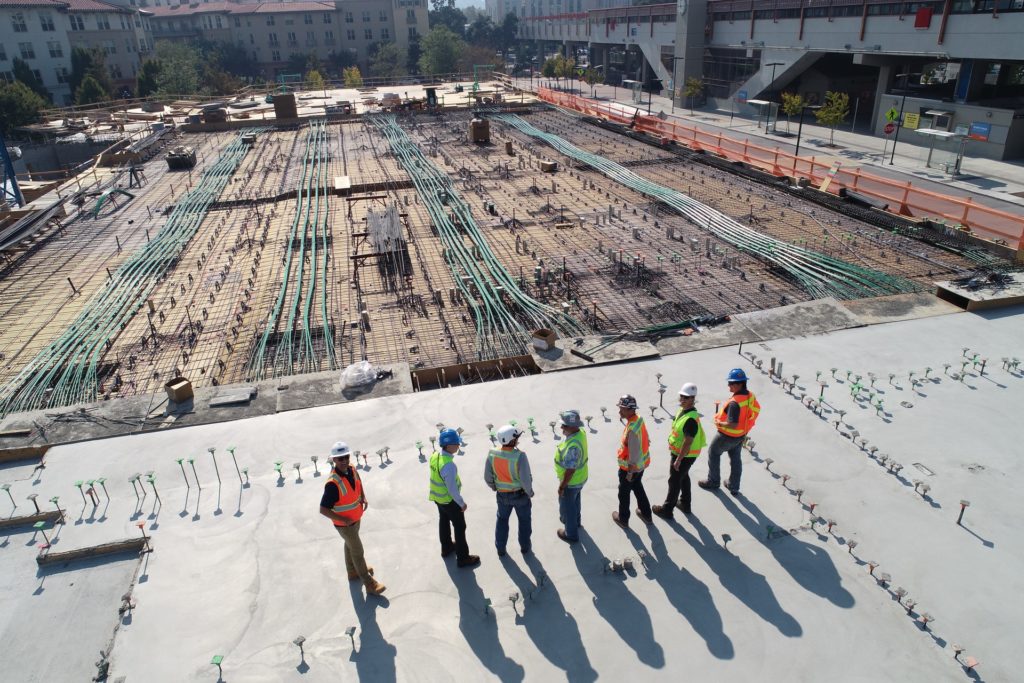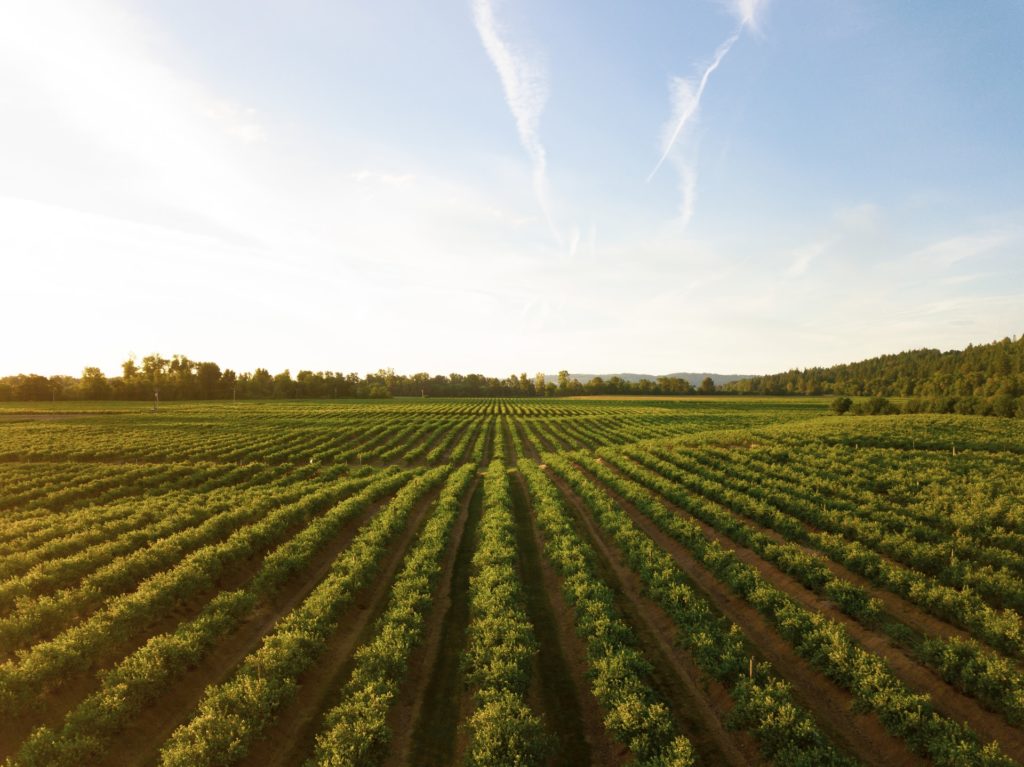Weather data is essential to the management and planning of many different industries. Although the use cases vary, the basic requirements for a successful, valuable weather deployment are constant.
The first ingredient is business data. Every business records data such as sales, customers, operation tempo, inventory levels, job site status, and energy consumption. The more data options and the higher frequency data available, the more intelligence it can provide to guide the business.
The second key ingredient is high-quality weather data, both historical and forecast. Historical data is needed to match with historical business records to find patterns. Weather forecasts are then required to leverage those patterns to plan for future weather conditions and events. Also, in order to be useful, weather data needs to match your business needs. For example, if a business operates globally, it needs access to weather data from around the world. If a business has important job sites or specific store locations, then hyperlocal weather data is essential to provide reports as close as possible to a specific location. Likewise, if business data includes detailed transaction data such as sale times, shipping waypoints, or timestamped customer usage patterns, then sub-hourly data can provide weather conditions down to a specific minute.
Below are some example businesses that use Visual Crossing Weather. This article will discuss how to use weather data to solve these business use cases and how to use weather data to add value to each industry. We’ll also review what weather functionality is most important in each industry.

Architecture and Construction
Architecture and Construction begin with planning, and part of that planning is often the energy and structural profile of the building being constructed. The historical weather profile of a proposed building site can help a designer make intelligent decisions before the first dirt is moved. Having access to decades of historical weather data is essential to understanding the full picture of the climate highs and lows that can be expected over time.
As construction gets underway, operations typically involve scheduling various tasks across multiple jobs sites, and many of these tasks are weather dependent. Various types of weather such as cold, extreme heat, excessive precipitation, and high wind can dictate task scheduling. In this case, long-range forecasts are essential for planning deliveries, scheduling workers, and ensuring timely milestones.
What to look for in a weather data provider for architecture:
- Decades of historical climate data
- The ability to easily compare the climate at multiple proposed building sites
- The ability to find historical extremes across many weather variables such as temperature, wind, and rain
What to look for in a weather data provider for construction:
- Accurate, long-range weather forecasts easily accessible for multiple job sites
- Hourly weather forecasts for precise scheduling during changing conditions
- Weather alerts to plan for extreme weather events
- The ability to see climate norms and extremes for any day of the year to enable long-term planning

Energy
The energy industry has the need for weather data analysis from a strategic, long-term view as well as a specific, individual-customer view. At the strategic level, energy companies need to plan for their services and needs over time. This includes finding the best places to build new assets such as wind farms and understanding the changing climate that will drive long-term customer demand. Many energy businesses have large investments in infrastructure that is susceptible to weather. Planning with accurate forecasts and long-range climate change data can help manage and protect that infrastructure at minimal cost.
Another key component of energy management is at the single building and individual customer level. Tracking energy use verses weather conditions requires hyperlocal historical weather data to ensure that the nearest possible weather conditions are used for comparison. These usage patterns can then be used to evaluate conditions in upcoming weather forecasts as well as long-term seasonal predictions and climate analysis. This data helps to give buildings managers and individual consumers a better understanding of their energy patterns and solid data on which to base efficiency upgrade decisions.
In addition, energy traders need global, accurate weather forecasts to add insight to their decision making and planning. High quality weather data helps traders make money by easily adding speed and intelligence to their trading workflows.
What to look for in a weather data provider for energy:
- An advanced dataset that has the exact weather elements needed for energy analysis
- Deep historical and long-term climate data for strategic planning
- Weather alerts to prepare infrastructure and resources to respond to major weather events
- Hyperlocal weather history to understand the exact conditions at a customer or building during their daily and monthly usage cycles
- Sub-hourly historical weather data to isolate the specific source issues caused by weather
- Detailed, long-range forecasts to plan to upcoming energy usage
- A weather API that can be automated to query data for hundreds of buildings or thousands of customer in seconds

Retail
Weather data is extremely important to help retail businesses understand the patterns of their customers and prospective customers all the way from window shopping to paying at the checkout station and beyond. Good tracking data is the first step in the analysis process. While every retailer tracks purchase transactions, forward-thinking retailers also track footfall data and even customers’ paths through a store. All of this data can be matched against weather data to learn valuable customer patterns.
Smart retailers already have some idea about how to tune their business for based on weather. Footwear shops showcase furry boots when snow is in the forecast and put sandals in window displays as the weather warms in spring. Grocery stores know to stock up bread and eggs ahead of stormy weather. However, joining business data with high-quality historical weather data can identify many subtle patterns that would surprise even a lifelong retailer. For example, one grocer found an unexpected and strong correlation between temperature and bacon sales.
Matching purchase transactions to weather is just the starting point of retail weather analysis, however. If your business tracks store traffic or footfall data, weather data can tell you when you need more staff and what conditions are best to turn window shoppers into paying customers. Inventory allocation and management is another key area where weather data adds value. You can use weather data to refine staffing, make your operations more intelligent, and target weather-triggered ads directly to affected customers using weather alerts.
What to look for in a weather data provider for retail
- Sub-hourly and hyperlocal historical weather data to exactly match customer locations and activity times for use in finding accurate patterns
- Long-range forecasts to apply patterns and predict customers’ demands
- Easy access to weather reports for multiple locations when managing a chain of shops
- Weather alerts to directly target ads and avoid disruptions to your supply chain

Agriculture
Agriculture is another industry where weather has played a key role since the beginning of time. However, modern data science and analysis has opened the door to finding insights and gaining efficiencies that were impossible just a few years ago. Automated calculation of growing degree days based on actual weather reports can help predict exactly when a crop will be ready to harvest. Seed germination rates across various test plots can identify the exact conditions for optimal yield.
In addition to specific changes within a given season, understanding how the climate has been changing at a given location or in a region can offer a valuable road map for future planning. However, to analyze climate change, it takes decades of weather data for every location. Only then can you see how a specific location has changed over many years and better predict what the next years will bring.
Of course, it is will known the commodity prices are weather dependent as well. Any business that sell, manages, or trades commodities needs a source of weather data for finding historical patterns and predicting optimal times to buy and sell.
What to look for in a weather data provider for agriculture
- An advanced dataset that has the exact elements needed for agriculture
- Reliable, long-range forecasts for near-term planning
- Decades of historical weather reports for any location to understand climate changes over time
- A robust API that allows the easy calculation of useful agriculture metrics such as growing degree days, heat units, and more
- Weather alerts to protect exposed equipment, livestock, etc.
These are just a sampling of the many industries that benefit from weather data and have found Visual Crossing Weather to be their optimum weather data solution. Do you have a use case that we didn’t mention or work in an industry that has discovered great value in weather data? We’d love to hear from you. Send your weather story to our team and, if we include your story, we’ll give you free weather data service or send you some Visual Crossing Weather swag!

